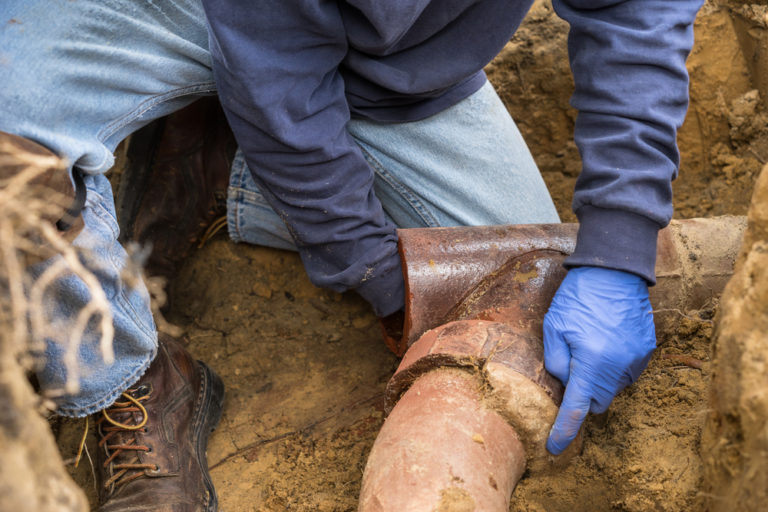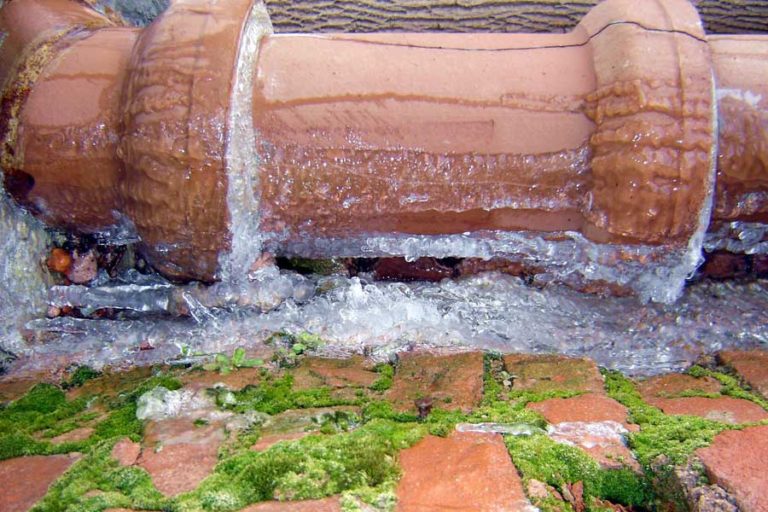How Toilet Paper is Made: From Forest to Flush
Introduction

The average American uses over 100 rolls of toilet paper yearly, contributing to an industry worth $100 billion globally. This staple, often taken for granted, undergoes an elaborate journey before it reaches our homes. But how exactly does a tree become the soft, reliable roll we depend on? Let’s delve into the fascinating process behind the creation of toilet paper.
The Forest’s Contribution to Toilet Paper

Our journey starts in the dense forest, where Timber Harvesters—massive 18-ton machines—perform the task of collecting trees. These machines are marvels of efficiency, capable of cutting down, delimbing, and sawing trunks in under a minute. ‘Bad wood,’ such as crooked or defective trunks, becomes toilet paper because it doesn’t suit other uses. Using this lousy wood reserves high-quality wood for furniture and other uses.
Once gathered, these trunks embark on their first transformation at the mill, where a wood chipper cuts them into pieces. This step is crucial for consistency in the pulp-making process. Debarking and cleaning the wood removes every trace of dirt, stone, and unwanted metal. Doing this not only preserves the machinery but also ensures the purity of the product.
The Transformation into Pulp

The pulping stage is where wood truly begins its metamorphosis. In large decomposers, a chemical cookout turns the wood chips into pulp, a slurry of cellulose fibers, the paper’s backbone. Simultaneously, recycled paper—separated from unusable waste through an advanced sorting process—provides an alternative source of pulp, underlining the industry’s commitment to environmental sustainability.
Crafting the Toilet Paper

As we move further, the pulp finds its way to the paper machine, which has a 120-meter-long belt that churns solid paper from the wet mixture. The process involves draining the water through a mesh screen, pressing the pulp to increase density, and drying it through heated rollers. This phase is critical, turning a watery pulp into a continuous sheet of paper in seconds.
The Final Touches

The transition from paper to toilet paper is a spectacle of engineering. The toilet paper roller, slightly smaller than its paper machine counterpart but no less impressive, layers the paper to the desired ply and embosses patterns for aesthetics and texture. The paper is then creped, softening it and giving it the characteristic flexibility and strength that allows it to disintegrate upon contact with water, a crucial feature for preventing clogs in plumbing systems.
Quality and Environmental Considerations
Ensuring the sustainability and quality of toilet paper is a priority for manufacturers. Many maintain their tree stands, guaranteeing a consistent quality of wood. The chemicals used in the pulping process are closely monitored, as are the temperatures and conditions under which the pulp is cooked. The finished product is subjected to rigorous testing, checking for qualities like stretch, opacity, moisture content, smoothness, and color.
Conclusion to Making Toilet Paper
The creation of toilet paper is a story of transformation, innovation, and sustainability. From the forest to the factory and finally, to our homes, each roll of toilet paper we use has been through a complex process designed to ensure it meets our needs for hygiene and comfort. So, the next time you reach for a roll, remember the journey it has taken. It’s a reminder of the intricate processes behind even the most mundane aspects of our daily lives.
Call 1-Tom-Plumber
Don’t hesitate to contact us here or call us at 1-Tom-Plumber (1-866-758-6237) if you need any plumbing, drain cleaning, or excavation service. 1-Tom-Plumber’s certified team of plumbers and drain technicians respond immediately to any emergency plumbing, drain cleaning, or water damage problem. Furthermore, we also handle the excavation of underground water lines and sewer main lines. Our immediate-response team is available every day and night of the year, even on holidays.







